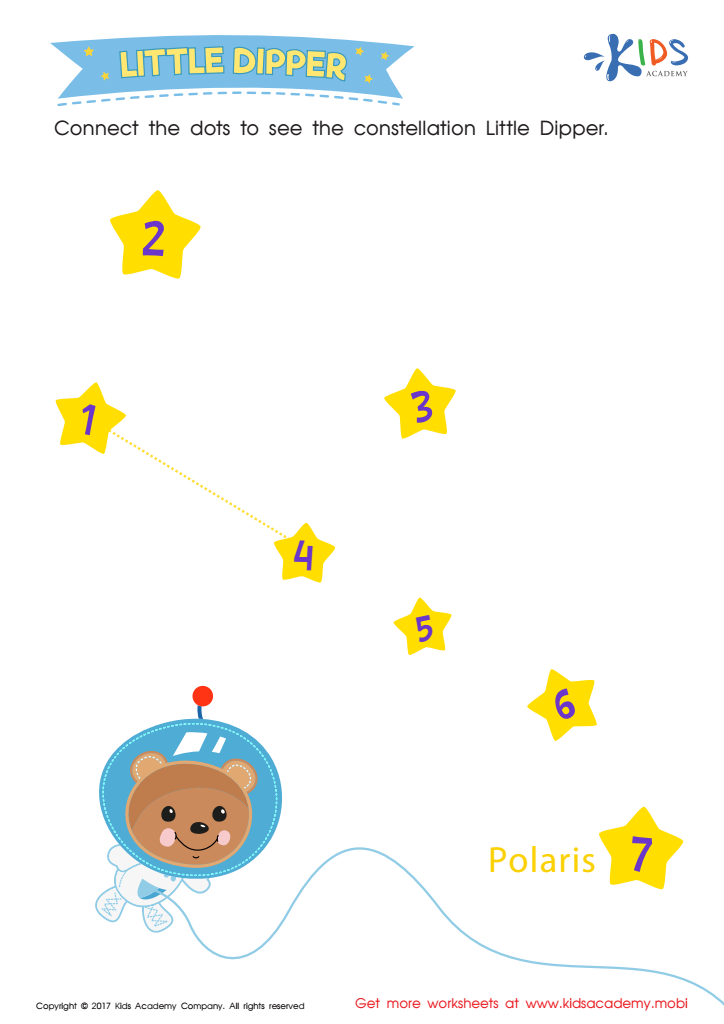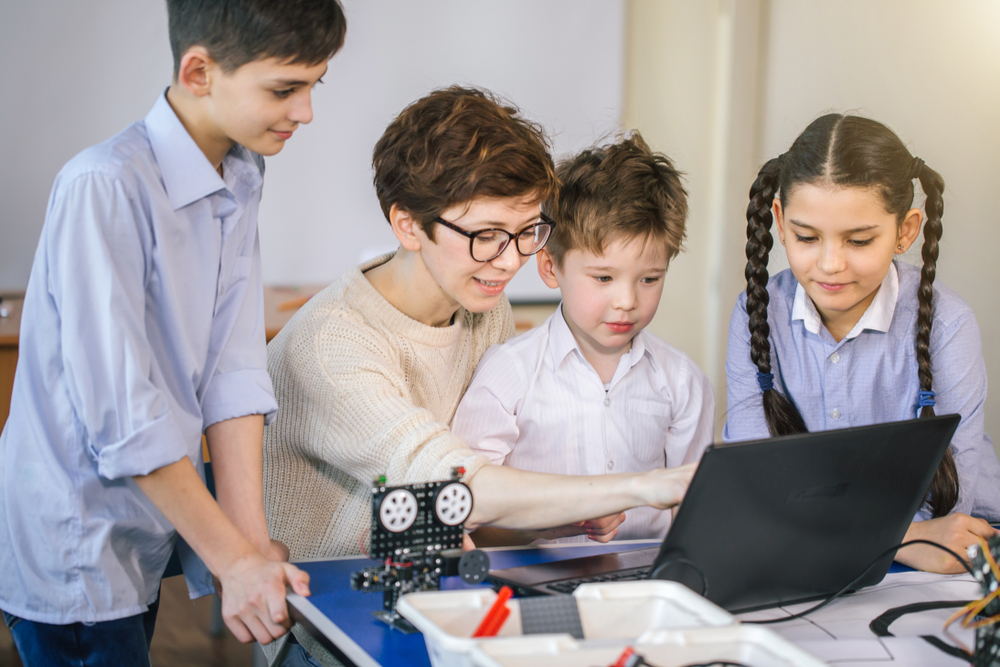Counting practice Science Worksheets for Ages 5-8
6 filtered results
-
From - To
Welcome to our Counting Practice Science Worksheets for Ages 5-8! These engaging worksheets seamlessly blend science concepts with essential counting skills, helping young learners develop numeracy while exploring the wonders of the natural world. Each worksheet is designed to captivate curious minds and support foundational math skills through vibrant illustrations and relatable science themes. From counting animals to measuring ingredients for a simple experiment, our activities inspire creativity and inquiry. Ideal for classroom or home use, these resources foster a love of learning while enhancing critical thinking. Equip your child with the tools they need for academic success and a lifelong passion for discovery!
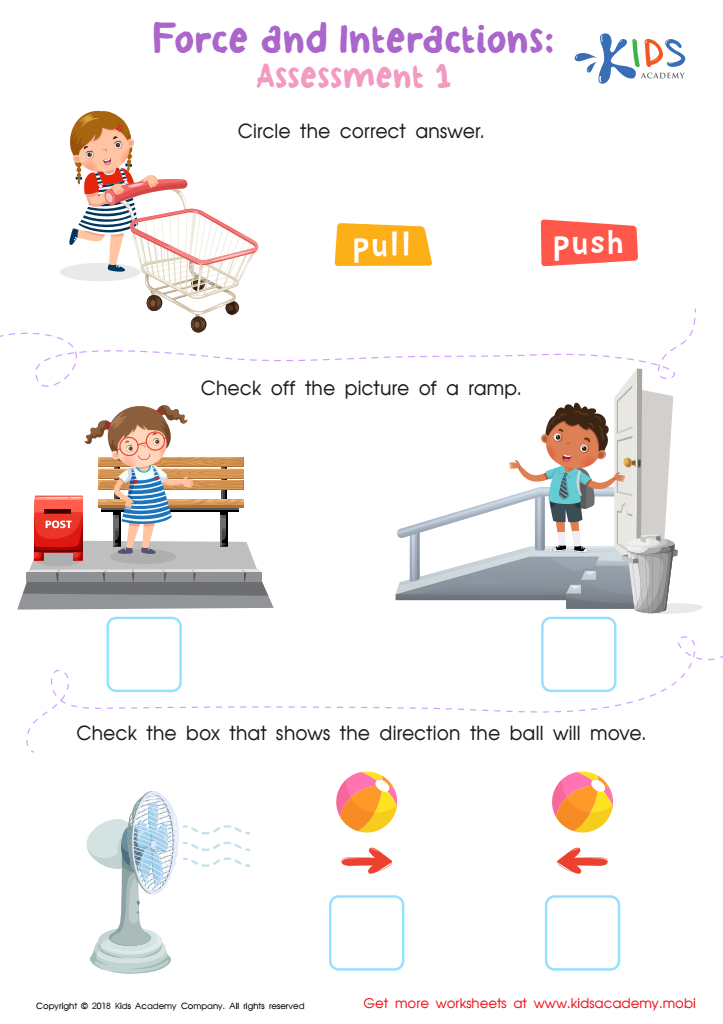

Force and Interactions: Assessment 1 Worksheet
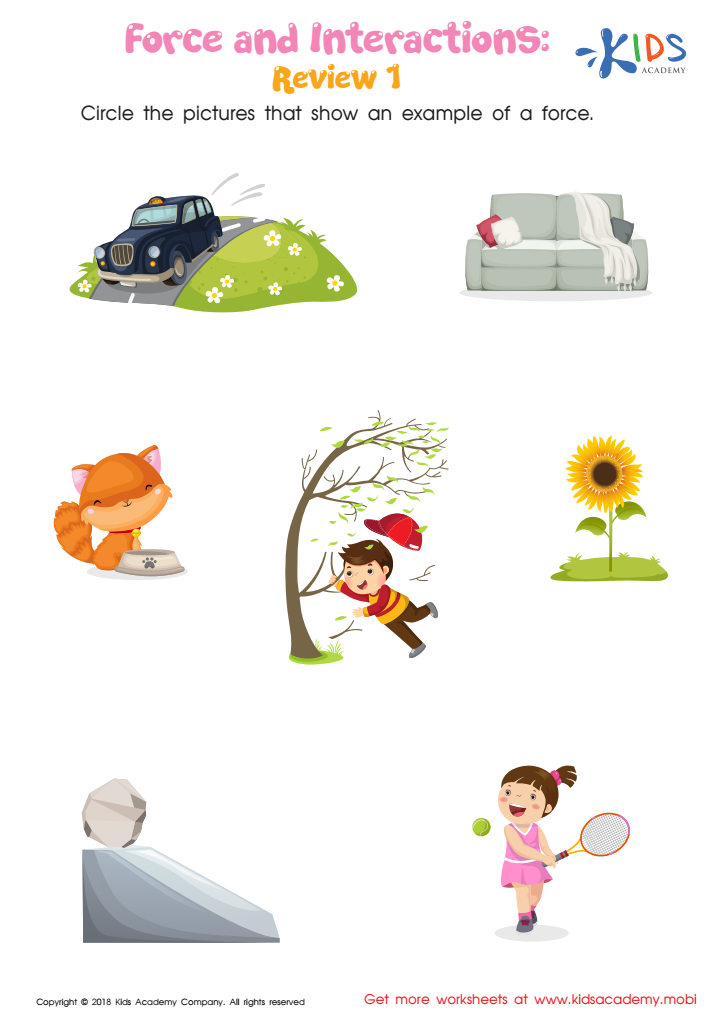

Force and Interactions: Review 1 Worksheet
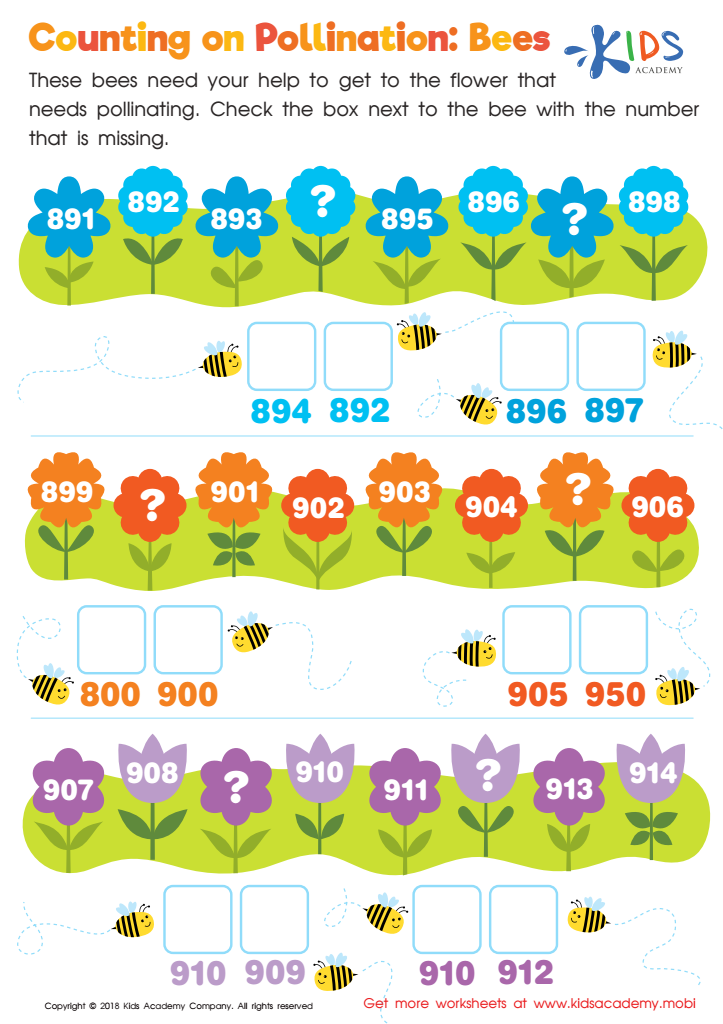

Counting on Pollination: Bees Worksheet


More Octopus Facts Worksheet
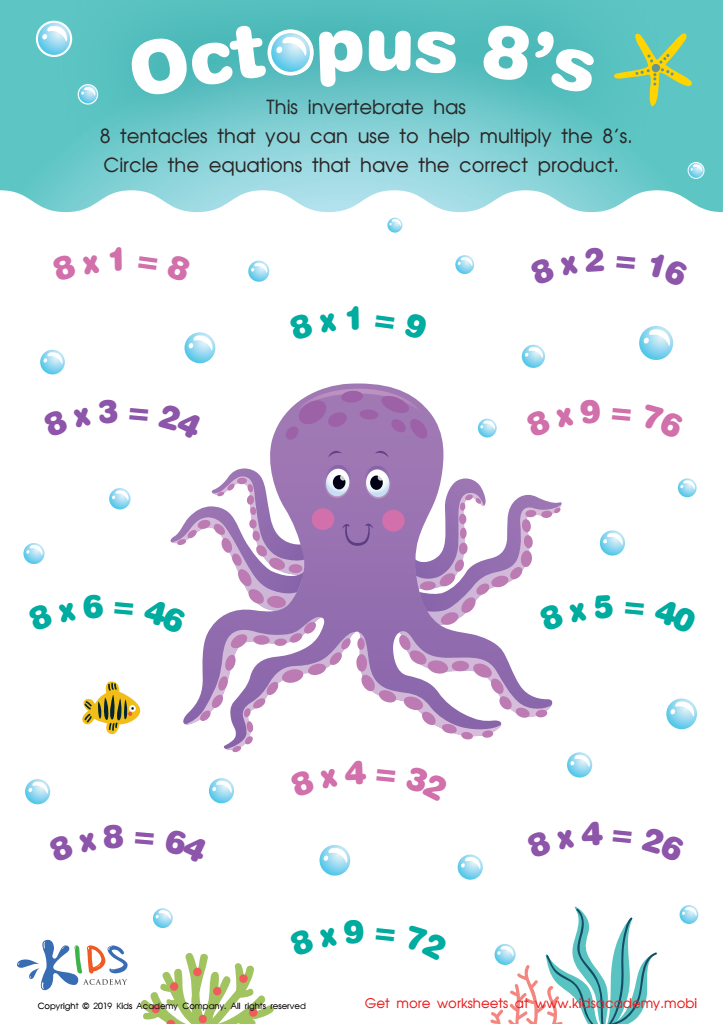

Octopus 8’s Worksheet
Counting practice in early science education for ages 5-8 plays a crucial role in a child's cognitive development and understanding of the world. At this age, children are naturally curious and eager to explore their surroundings, making it an ideal time to integrate counting with scientific concepts. Parents and teachers should care about this integration for several reasons.
Firstly, counting enhances a child's mathematical skills, providing a foundation for problem-solving and logical thinking, which are essential in all areas of science. For example, when children count objects in nature or experiments, they develop skills such as classification, comparison, and measurement.
Secondly, counting helps children make scientific observations. By counting the number of leaves, insects, or stars, they learn to gather data, an essential part of the scientific method. This hands-on approach not only makes learning engaging but also fosters critical thinking.
Furthermore, combining counting with science encourages collaboration and communication among peers, promoting social skills. Ultimately, by prioritizing counting practice within science for young learners, parents and teachers can cultivate a love for both subjects, supporting lifelong learning and curiosity in the evolving world of science.
 Assign to My Students
Assign to My Students
